Mortgage Planning With Long-Term Strategy in Mind
Most people are taught that the best way to manage a mortgage is to pay it down as quickly as possible. While reducing interest is helpful, it’s not always the most strategic approach — especially when you consider liquidity, long-term financial flexibility, and opportunity cost.
At Evergreen Wealth & Co., we believe your home is meant to provide safety and stability for your family — not serve as a storage place for your cash. Extra payments may feel productive, but in some cases, they can limit your access to money when you need it most.
Our goal is to help you understand how mortgage decisions fit into your overall financial plan, so you can build stability today while positioning yourself for long-term success.
Understanding the Risks of Rapid Mortgage Pay-Down
Paying extra toward your mortgage isn’t wrong — but it may create unintended challenges. Here are a few key considerations:
Limited Liquidity
Extra payments build home equity, but equity isn’t easily accessible during unexpected events. If income suddenly drops due to job loss or health issues, having liquid funds can be invaluable. A strong financial plan balances both security and accessibility.
No Rate of Return
Every dollar added to your mortgage increases equity but does not earn a return. Your home may appreciate over time, but the equity itself does not generate interest. Directing excess cash into other long-term strategies may provide more growth potential.
Exposure During Hardship
When extra payments reduce your mortgage balance quickly, you may unintentionally expose more of your wealth to risk if you experience a financial setback. Maintaining flexibility can offer more protection during challenging seasons.
Greater Safety with Equity Management
Side Fund = More Funds
Imagine paying 4% interest on your mortgage. Instead of sending extra principal to the lender, consider redirecting those dollars into a conservative side fund earning a historically averaged 5% to 10% rate of return.
Over time, the difference can be significant — potentially more than $100,000 over 10 years and over $700,000 over 30 years, depending on market conditions and contribution amounts.
For some individuals, a properly structured, maximum-funded Indexed Universal Life policy — what we refer to as an IUL LASER Fund — can serve as this type of side fund, offering protection, tax advantages, and long-term flexibility.
More Liquidity & Safety
Extra mortgage payments build equity, but that equity is not easily accessible.
Directing those same dollars into a financial vehicle with a historical average return of 5% to 10%, and that is not directly exposed to market volatility, may provide:
More liquid funds for emergencies
Greater flexibility during life changes
The potential to pay off your home strategically and efficiently
This approach keeps your money working while preserving your ability to access it when needed.
More Cooperation & Protection
Lenders generally prefer to keep homeowners in their homes rather than pursue foreclosure. Maintaining available liquidity — rather than tying additional cash into home equity — can often provide more options and flexibility if financial challenges ever arise.
Keep Your Mortgage Balance High
In some cases, maintaining a lower amount of exposed home equity can offer an added layer of financial privacy and potential asset protection. Lower visible equity may reduce the incentive for legal disputes or claims.
Our Perspective
At Evergreen Wealth & Co., we believe a home should support your family — not store your cash.
Instead of sending extra principal payments to the lender, consider directing those funds into a safe, conservative side fund with competitive long-term growth potential and protection of principal.
For some individuals, advanced mortgage planning strategies may also help put idle equity to work more effectively within an overall financial plan.
Committed to Your Success
Our focus is helping individuals and families build strategies that support long-term stability, growth, and tax efficiency. When structured properly, tax-advantaged approaches have historically shown the potential to earn consistent, long-term returns in the 5%–10% range, depending on market conditions and policy design.
At those rates, every $1 million accumulated could potentially support $70,000–$100,000 per year in tax-advantaged retirement income — while helping preserve the principal for future needs.
Our commitment is simple:
Protect your wealth
Strengthen your retirement foundation
Support long-term tax planning
Help you build financial confidence for life
We’re here to guide you with clarity, education, and strategies tailored to your goals.
